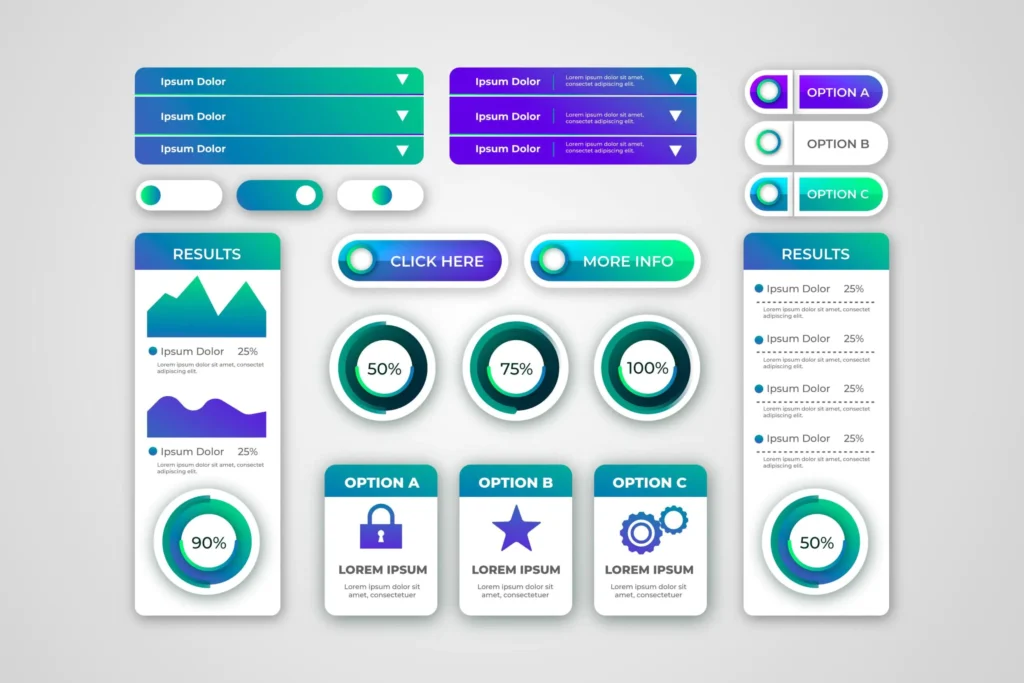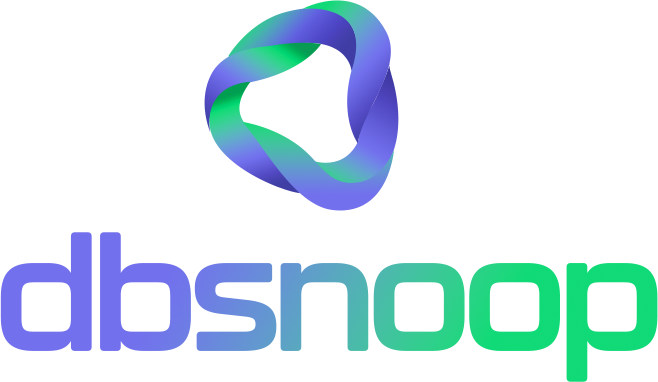

The rise of low-code and no-code platforms is transforming the way enterprise applications are developed — but it’s also creating new blind spots in monitoring and observability. In 2025, solutions like OutSystems, Mendix, Power Apps, and Retool are becoming increasingly common in the tech stacks of companies that need to accelerate software delivery, even amid a shortage of experienced developers.
From a productivity standpoint, the impact is positive. But from a technical perspective, important questions arise: how can we inspect the internal behavior of apps that don’t follow a traditional tech stack? How can we trace failures, bottlenecks, and security breaches in systems built by business analysts? And most importantly: where are the logs?
What changes with observability in low-code environments?
Low-code platforms abstract much of the source code, infrastructure, and execution logic. This means that:
- You don’t have direct access to the code running in production;
- There is no clear structure for custom instrumentation via agents or SDKs;
- Logs and metrics are encapsulated or partially exposed through proprietary dashboards;
- The actual behavior of the application may vary between environments, without clear evidence in the deployment.
This complicates the work of SREs, security teams, and data engineering teams, who rely on reliable telemetry to detect failures, prevent incidents, and ensure compliance.

Practical Risks of the Lack of Observability
The lack of technical visibility in applications built on low-code/no-code platforms can lead to real issues:
- Ghost or non-existent alerts: without centralized logs, intermittent failures go unnoticed;
- Low traceability: hard to identify which change caused an issue in production;
- Hidden vulnerabilities: libraries or internal services of the platform may expose data without notification;
- Noise in traditional monitoring systems: APM or observability dashboards completely ignore parts of the low-code stack.
In mission-critical environments — such as applications that access financial data or operate with personal data — this represents a serious operational risk.

Strategies to Bring Observability to Low-Code
Even with the limitations, there are ways to mitigate risks and integrate low-code platforms into the existing observability ecosystem:
1. Require APIs and webhooks
The best low-code platforms offer audit APIs, runtime events, or configurable webhooks. These integrations allow you to extract logs, track events, and feed external observability tools (such as Elasticsearch, Grafana, Prometheus, Datadog, or dbsnOOp itself).
2. External instrumentation
If it’s not possible to observe the code from the inside, observe the behavior from the outside. Endpoint monitoring, traffic analysis, Synthetics, and distributed tracing via reverse proxy are viable approaches. It’s possible to instrument the network layer, even without access to the core of the application.
3. Adoption of intermediate layers
Many teams have adopted the practice of placing a controlled intermediate layer (such as a backend with Node.js or Python) between the low-code app and the database or critical services. This layer acts as a “point of visibility” for logging, tracing, and authentication.
4. Behavioral monitoring
In environments where technical instrumentation is impossible, monitoring relies on the application’s behavior: response time, resource usage, access patterns, interface errors. Tools like RUM (Real User Monitoring) and access logs can indicate real issues without the need for deep instrumentation.
Conclusion: it’s not enough to deliver quickly — it’s important to see beyond the delivery.
Low-code and no-code platforms are legitimate tools for accelerating digital transformation. However, adopting them without an observability plan leaves technical teams operating in the dark. The challenge is not to stop low-code, but to reconnect these solutions to the technical ecosystem that ensures stability, security, and performance.
Integration with observability tools must be part of the technical decision — not as a “later” item, but as a selection criterion from the very beginning.
At dbsnoop, we are closely monitoring how emerging platforms impact observability in critical environments. Keep following our blog for practical insights on infrastructure, automation, and security — even when the code disappears.
Visit our YouTube channel to learn about the platform and watch tutorials.
Schedule a demo here.
Learn more about Flightdeck!
Learn about database monitoring with advanced tools here.


